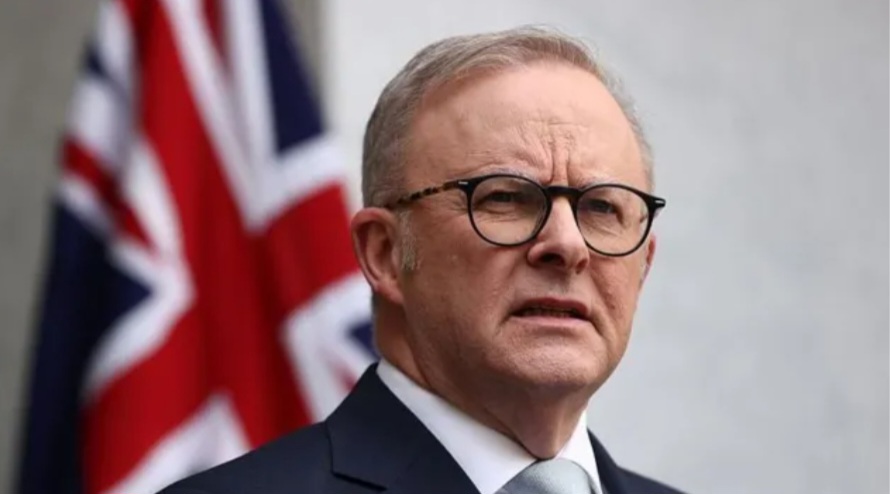
Crystal Charles
Australia will cut its carbon emissions by at least 62% from 2005 levels by 2035, Prime Minister Anthony Albanese announced on Thursday.
The new target marks a significant step up from the country’s previous pledge of a 43% reduction by 2030. It aligns with recommendations from the Climate Change Authority, which advised a benchmark of between 62% and 70%.
“This is a responsible target supported by science and a practical plan to get there, built on proven technology,” Albanese said. He is expected to confirm the commitment later this month at the UN General Assembly in New York.
The announcement follows a landmark climate risk assessment released on Monday, which found Australia has already surpassed 1.5C of warming. The report warned no community would be immune from “cascading, compounding and concurrent” risks, forecasting more heatwave-related deaths, poorer water quality, and sea level rises that could threaten 1.5 million people. It also predicted a property value loss of A$611bn ($406bn; £300bn).
Australia has faced severe climate impacts in recent years, including historic bushfires, record-breaking floods, and mass coral bleaching at the Great Barrier Reef and Ningaloo Reef.
Despite the new target, the government has continued approving fossil fuel projects. Last week, Woodside’s North West Shelf gas project was cleared to operate until 2070, drawing sharp criticism from environmental groups. Greens Senator Larissa Waters called the move a “betrayal.”
The emissions plan has also sparked political division. Opposition leader Sussan Ley said the Liberal National coalition was “dead against” the target, arguing it lacked both “cost and credibility.”
Australia remains committed to achieving net zero emissions by 2050 under the Paris Climate Agreement, but debate over the pace and scope of action continues.
